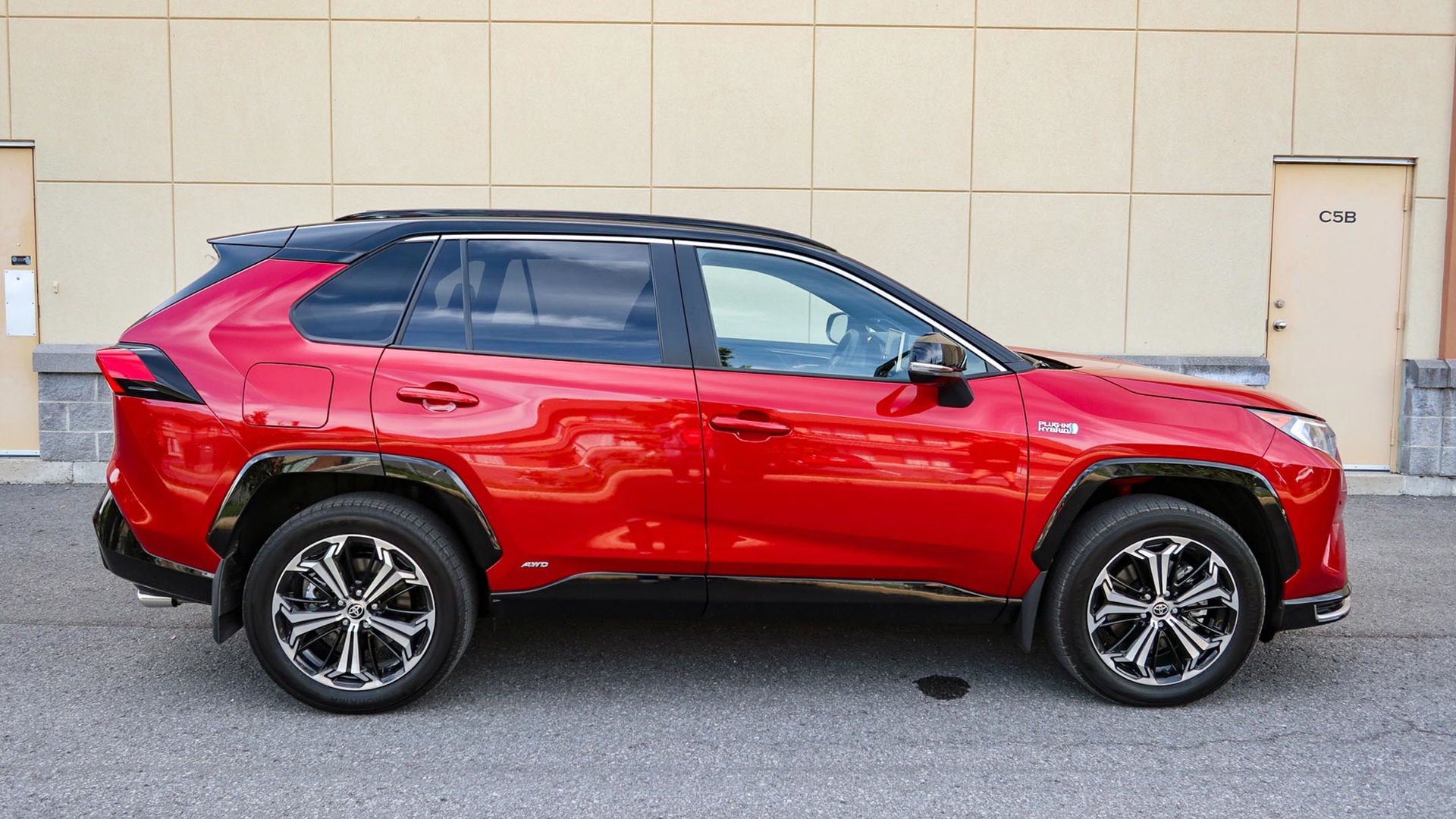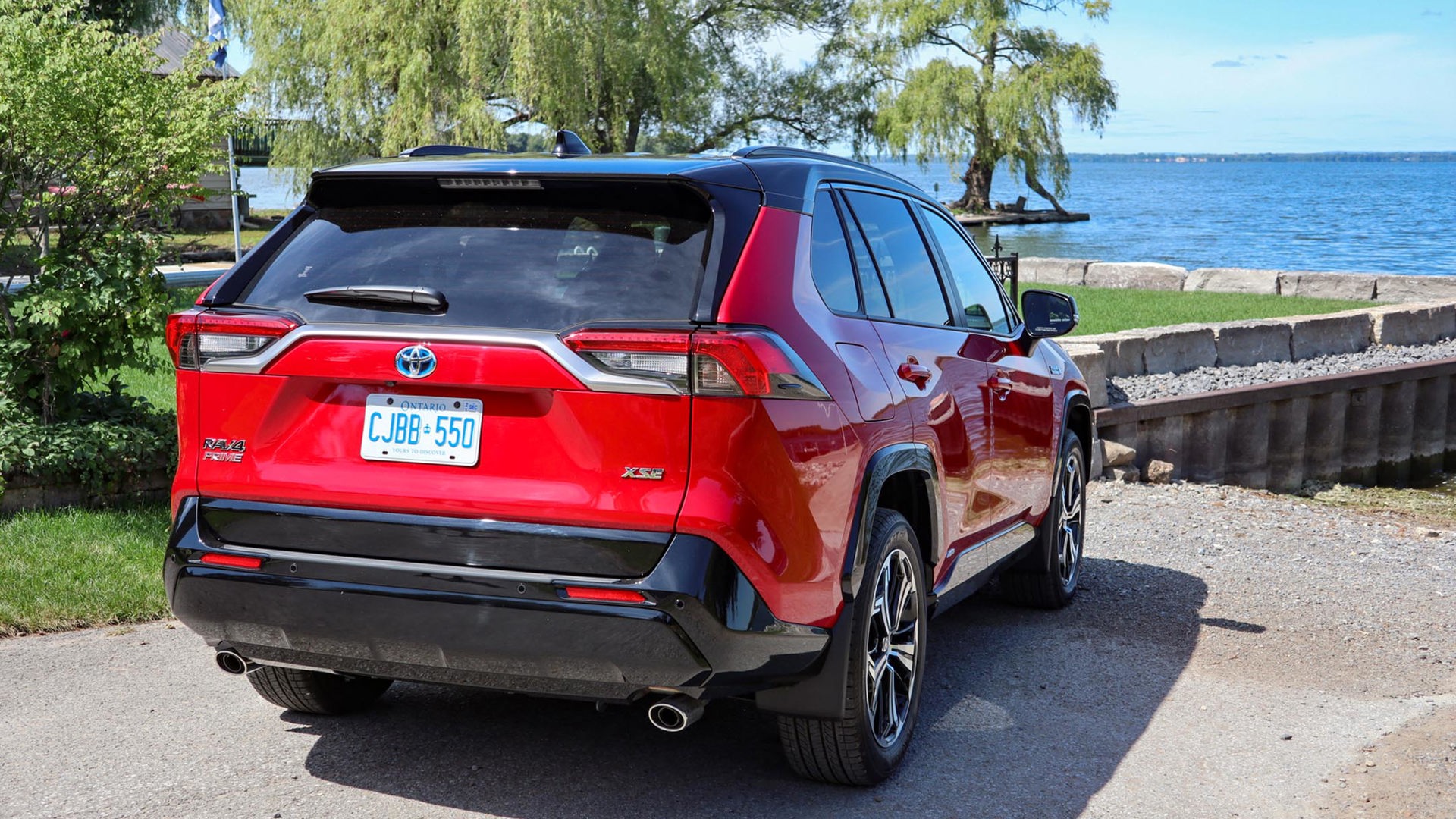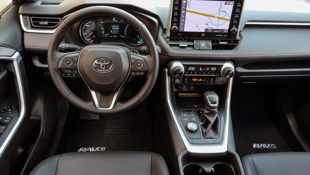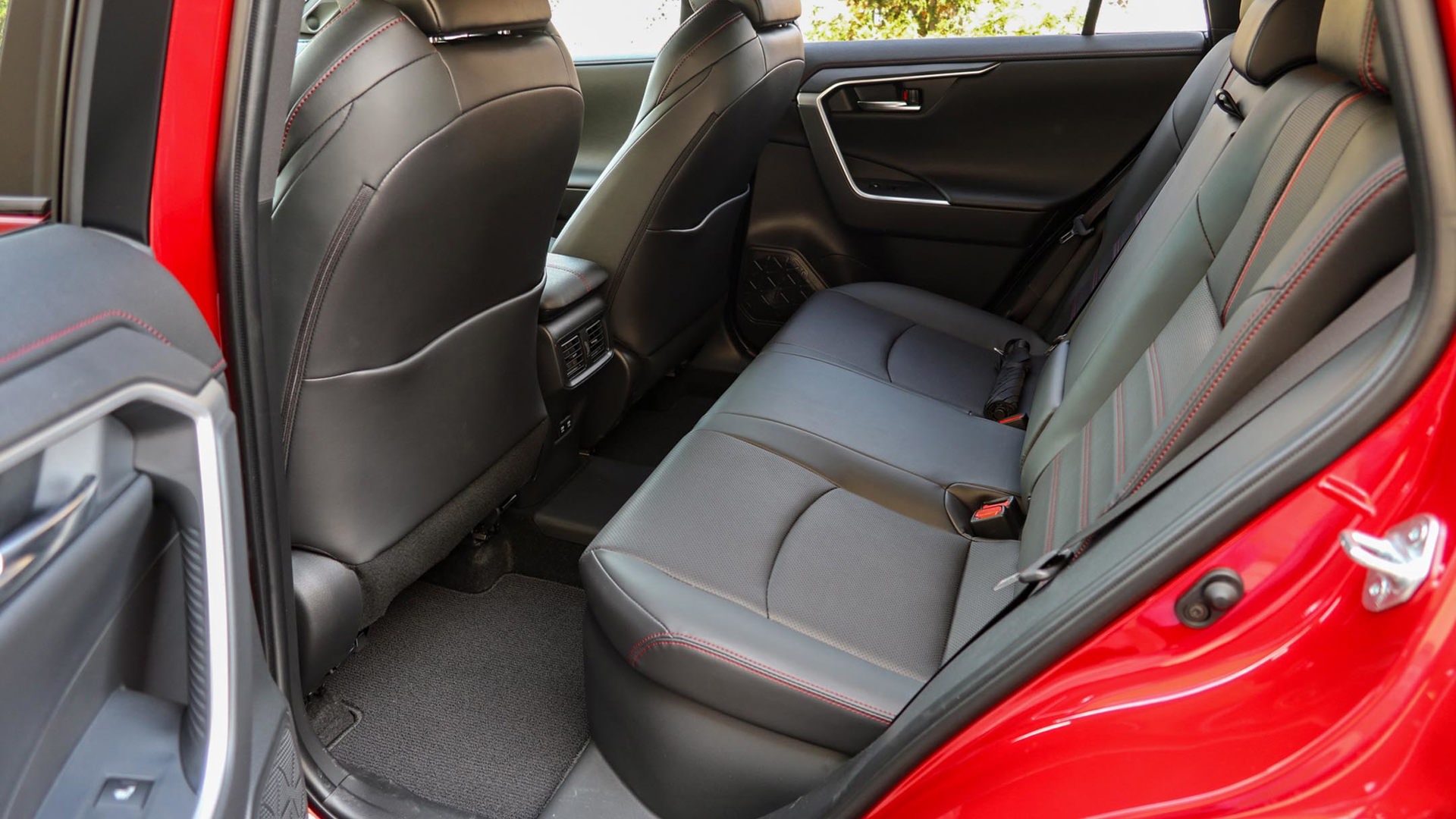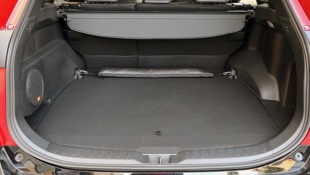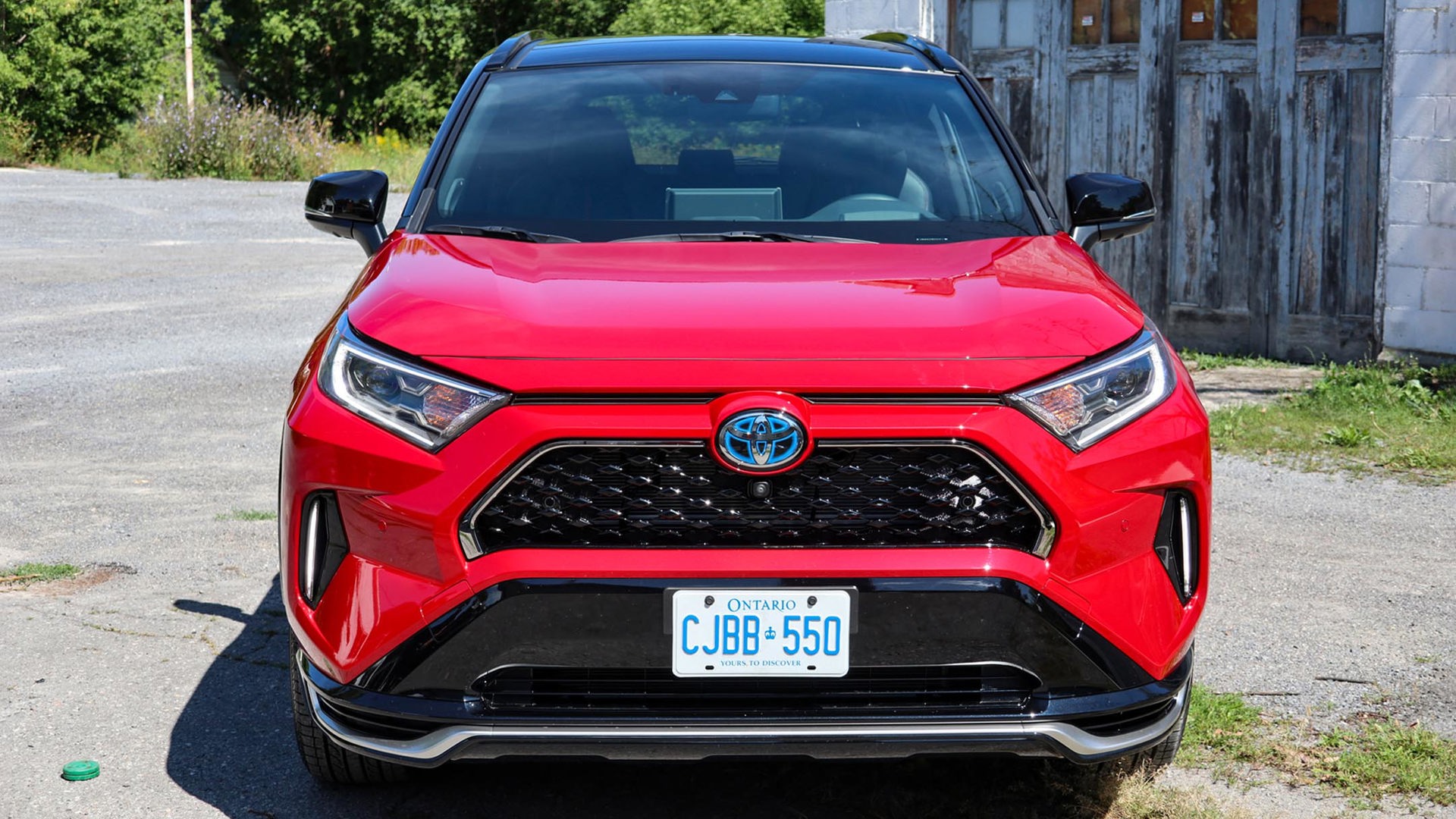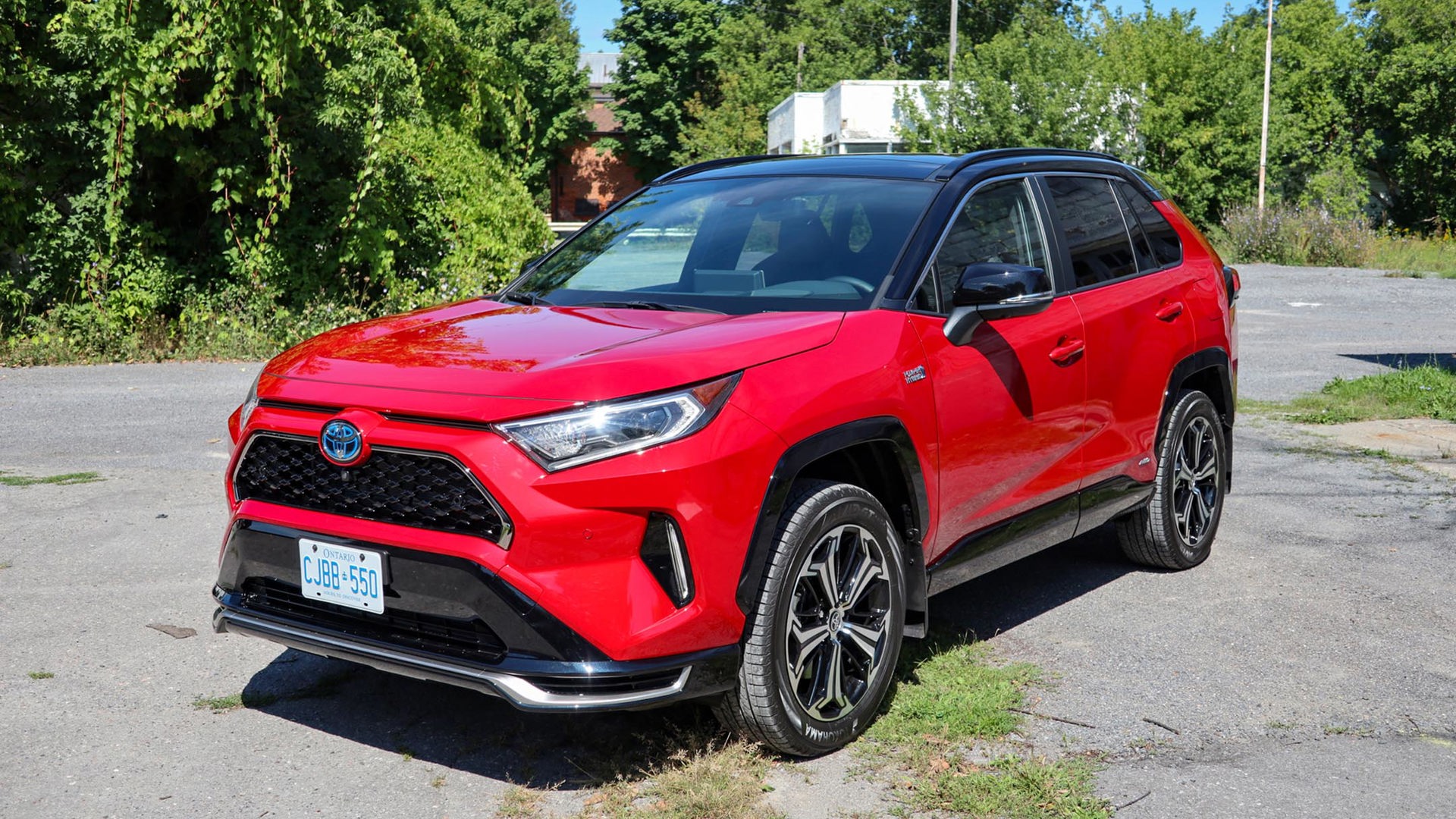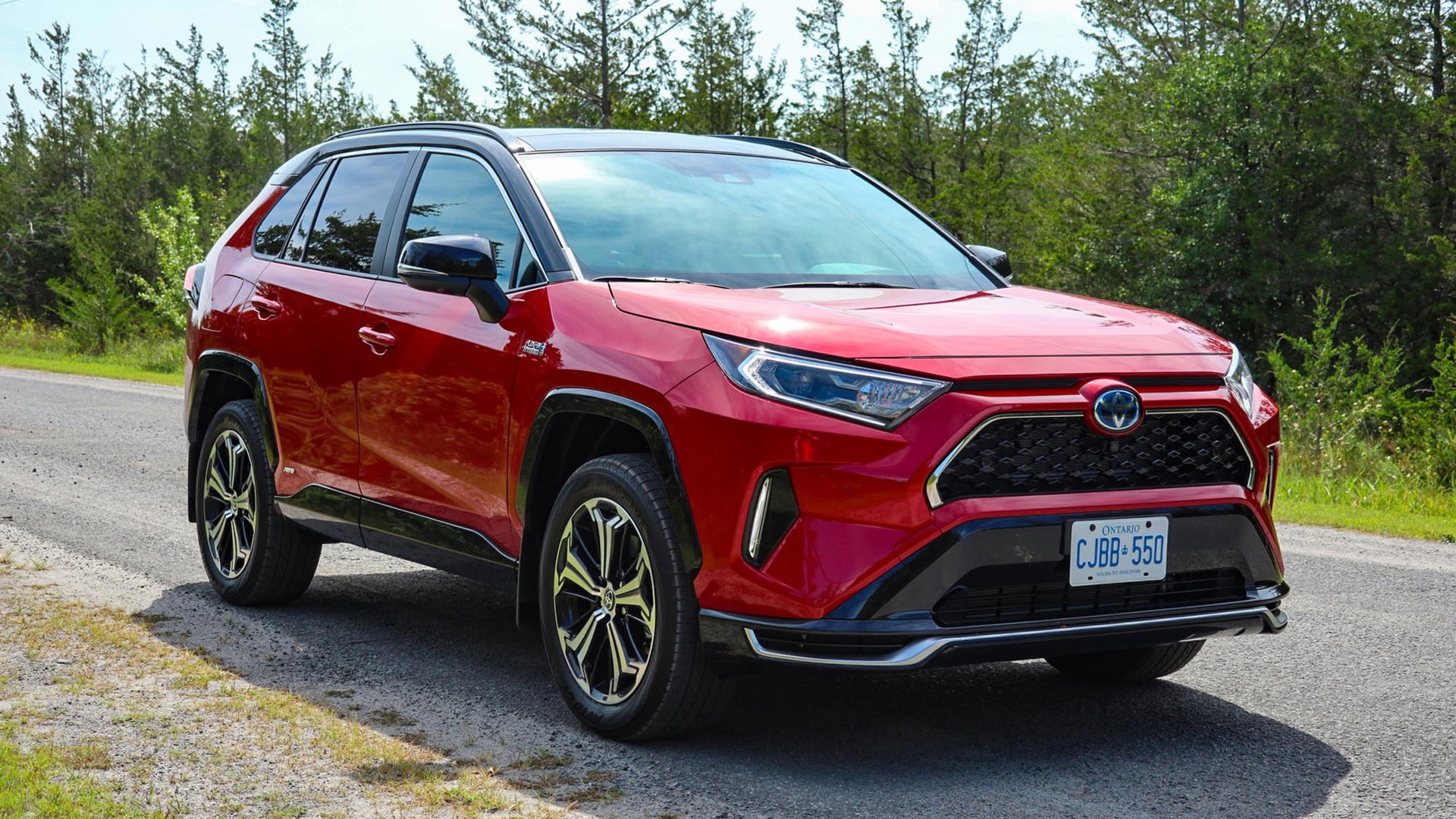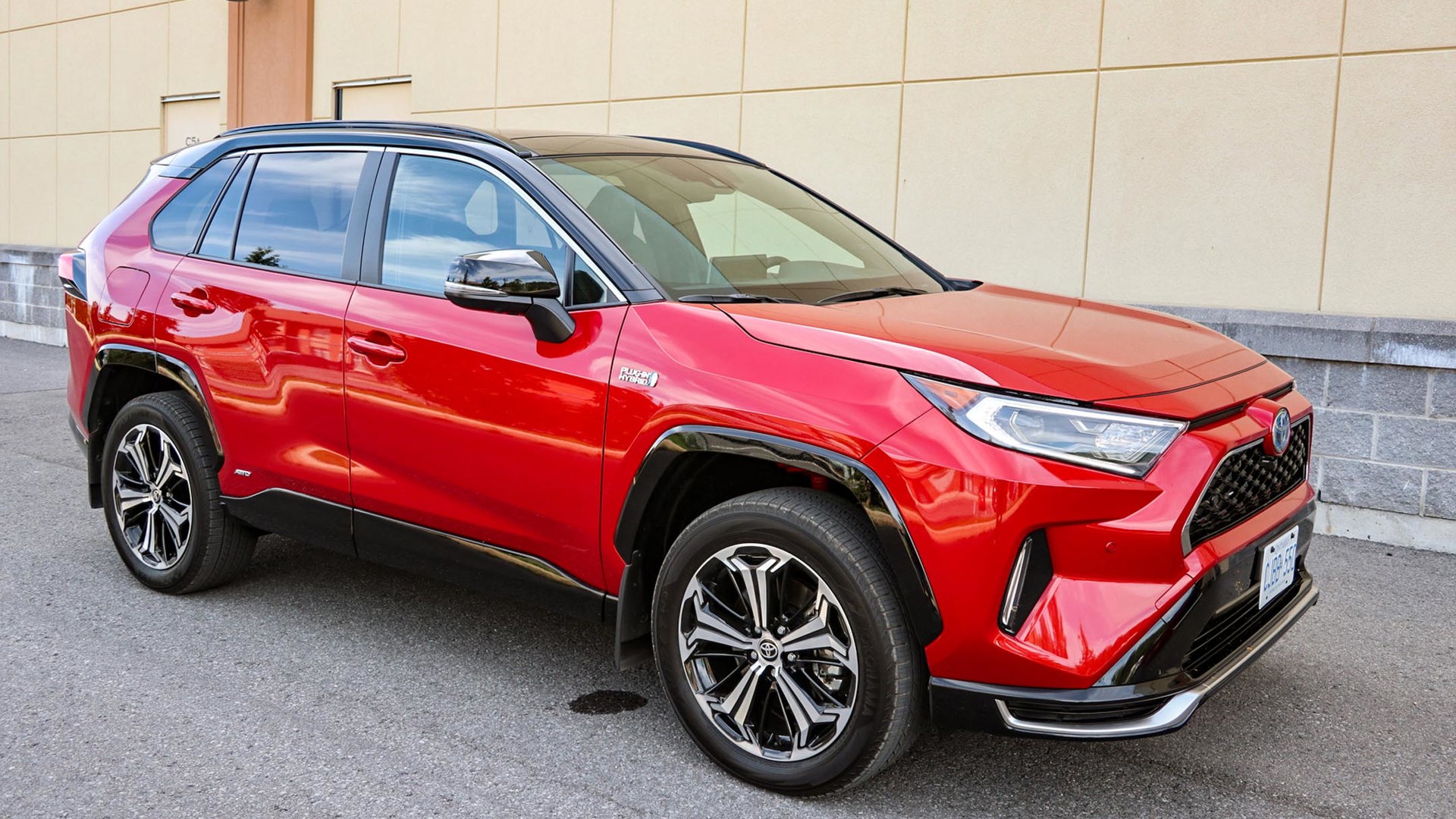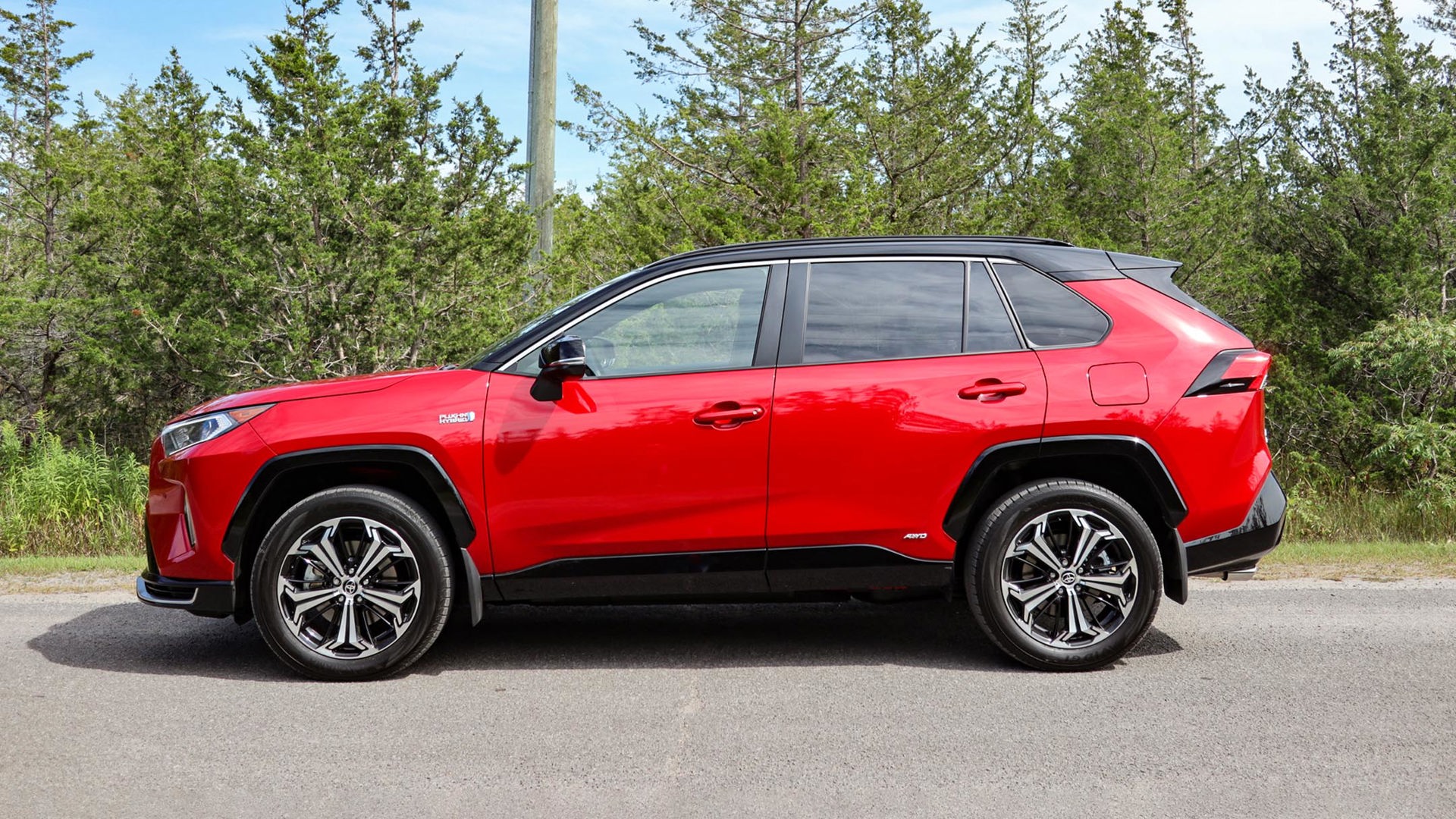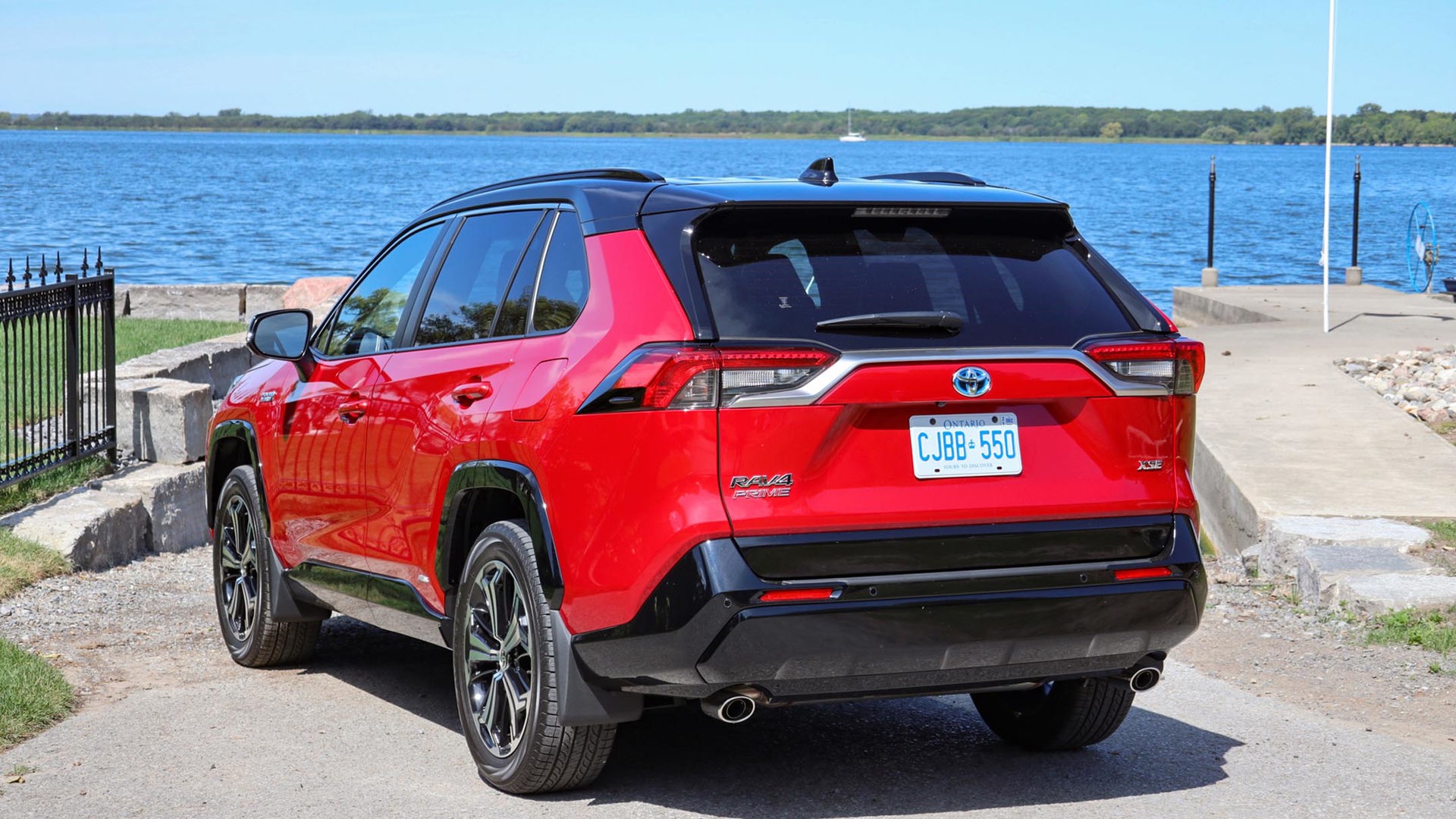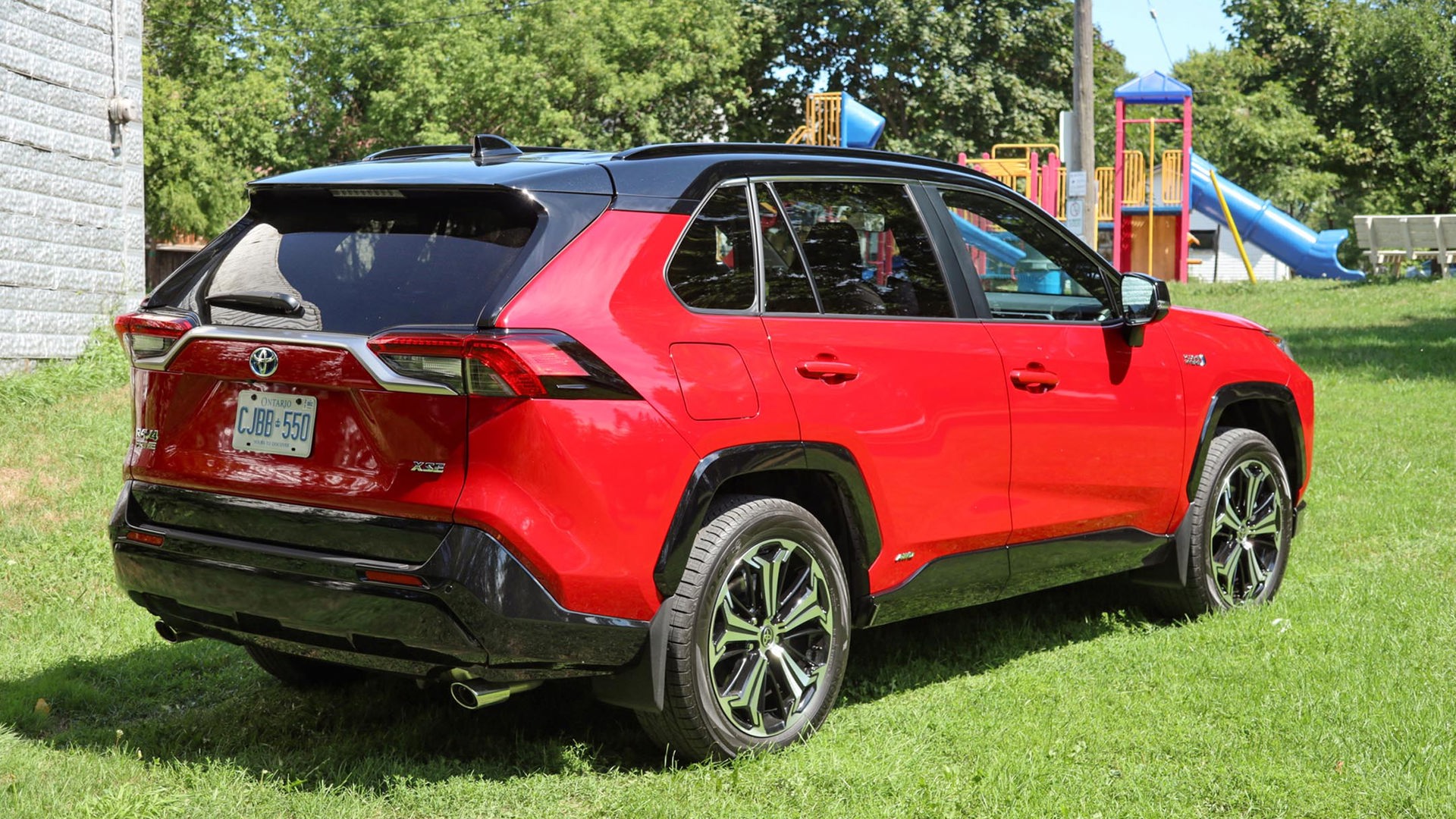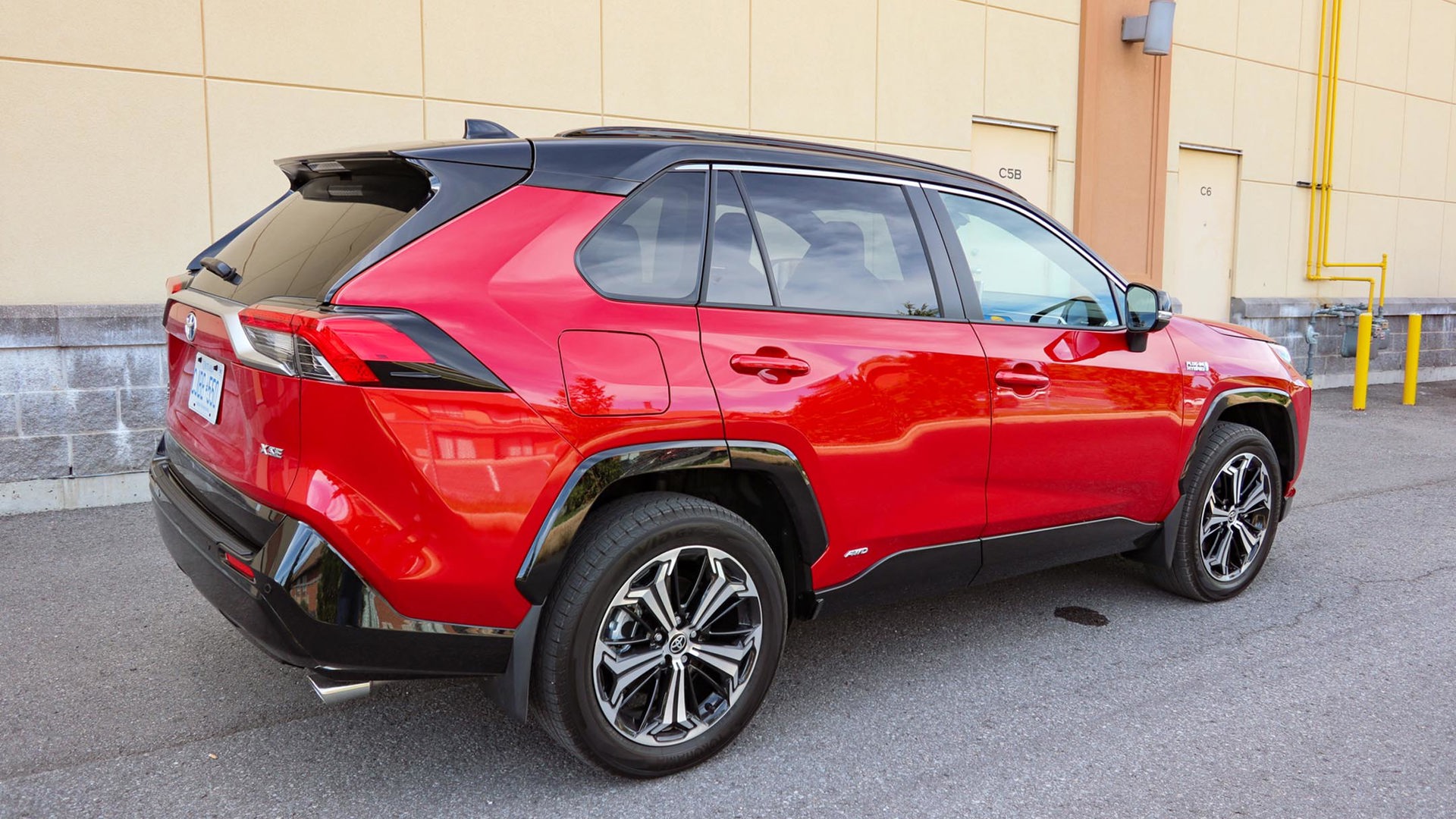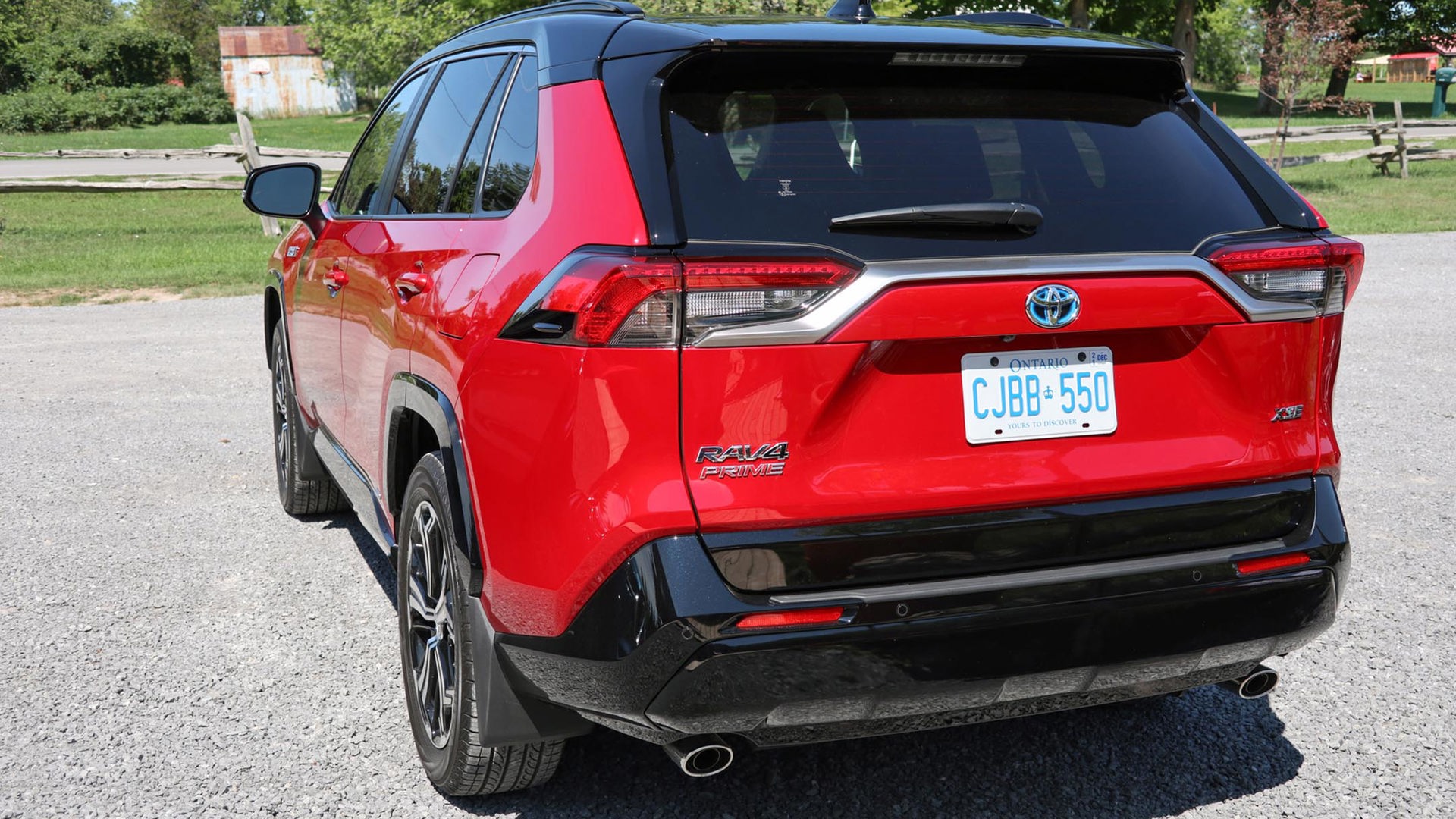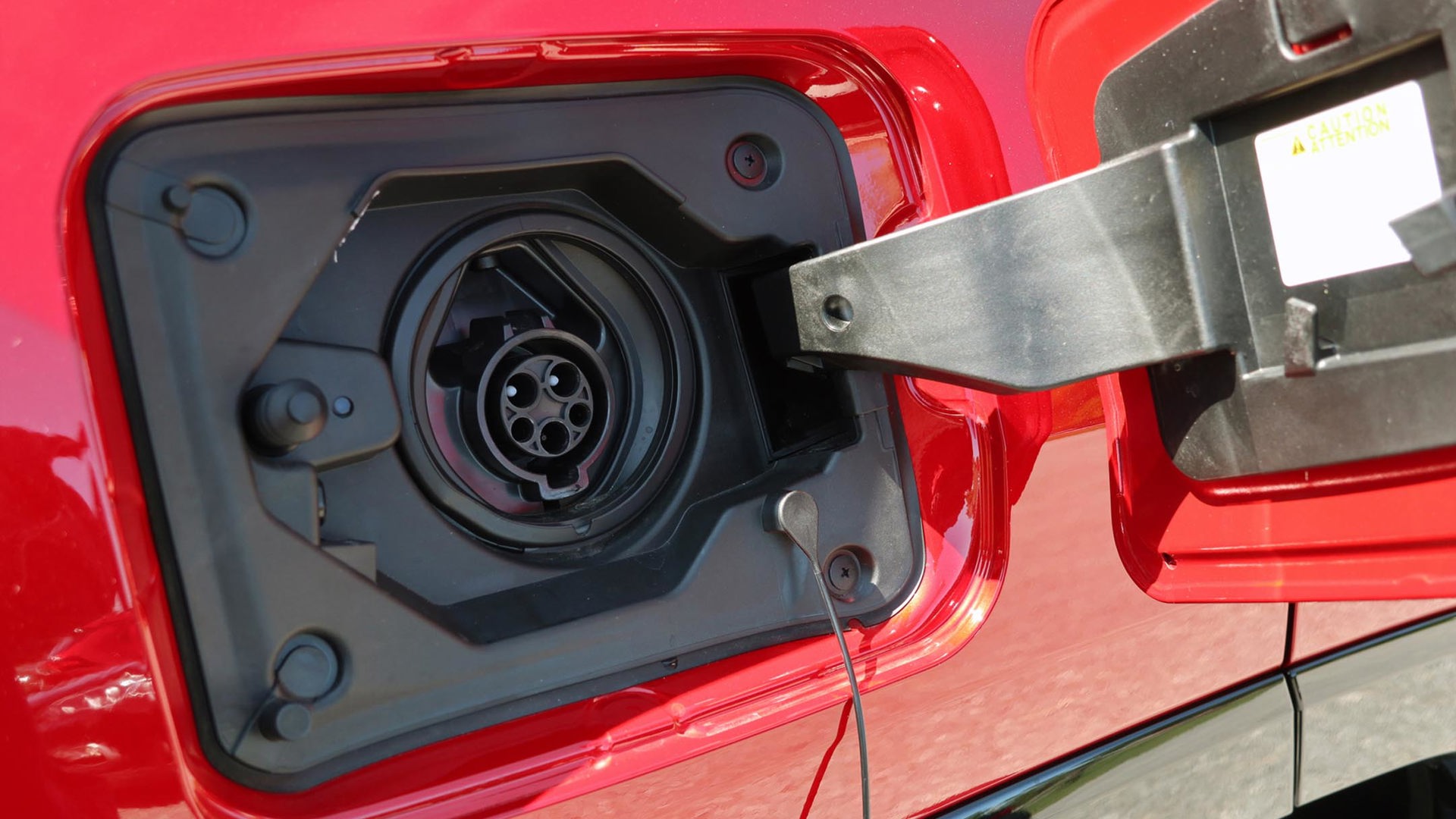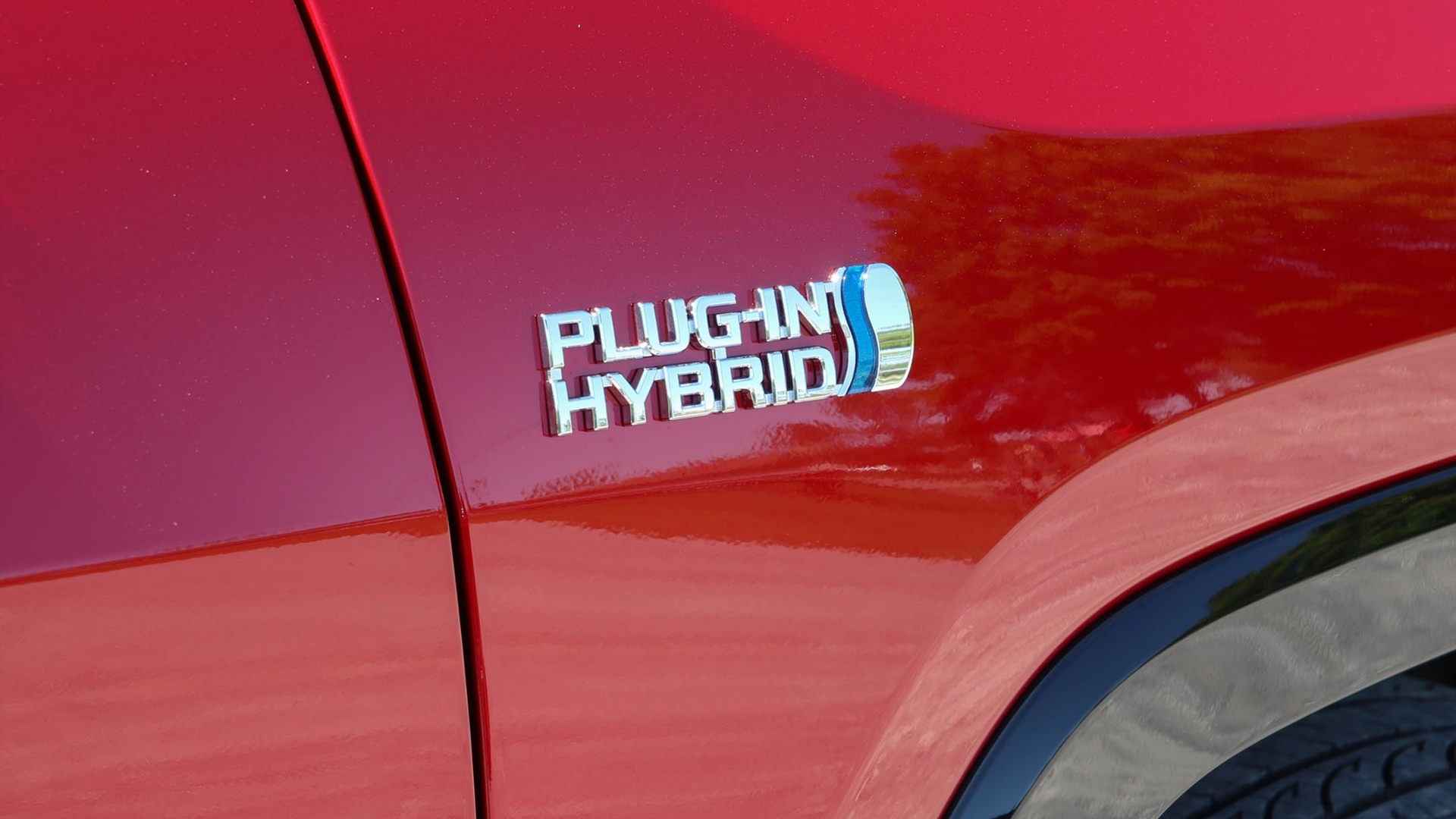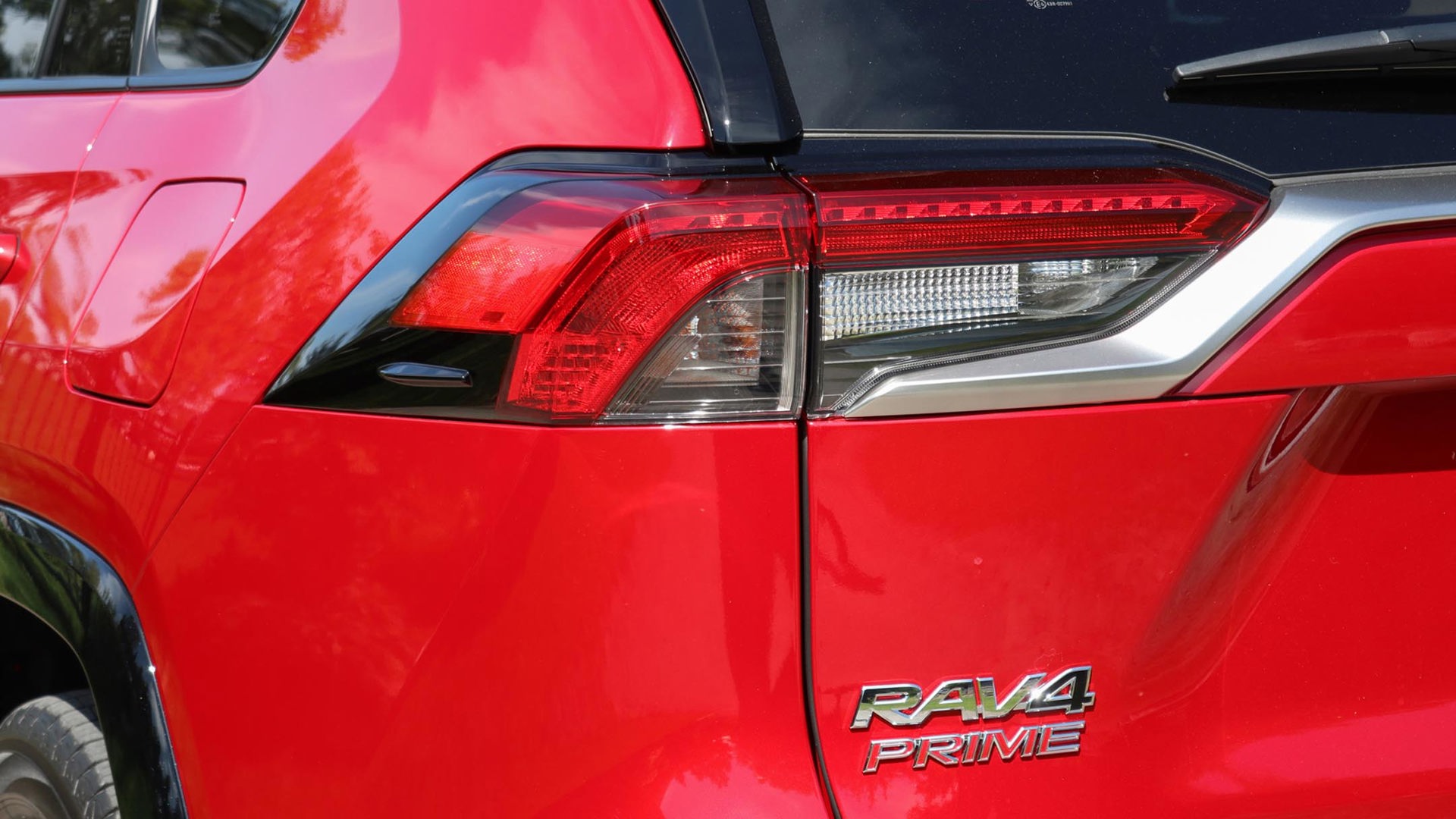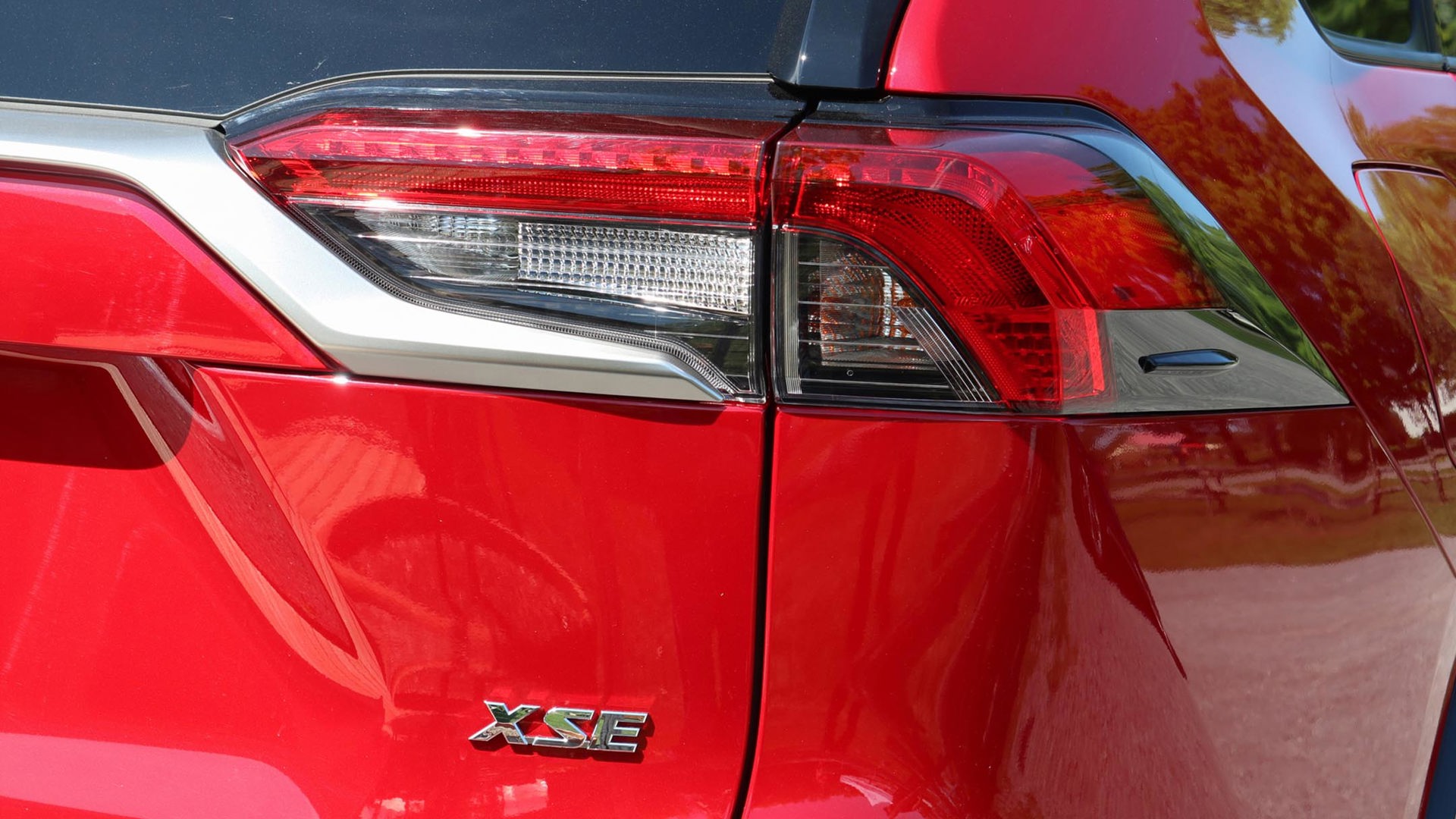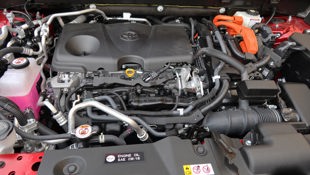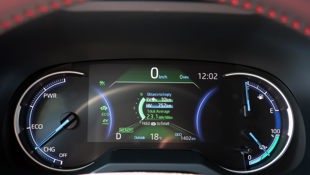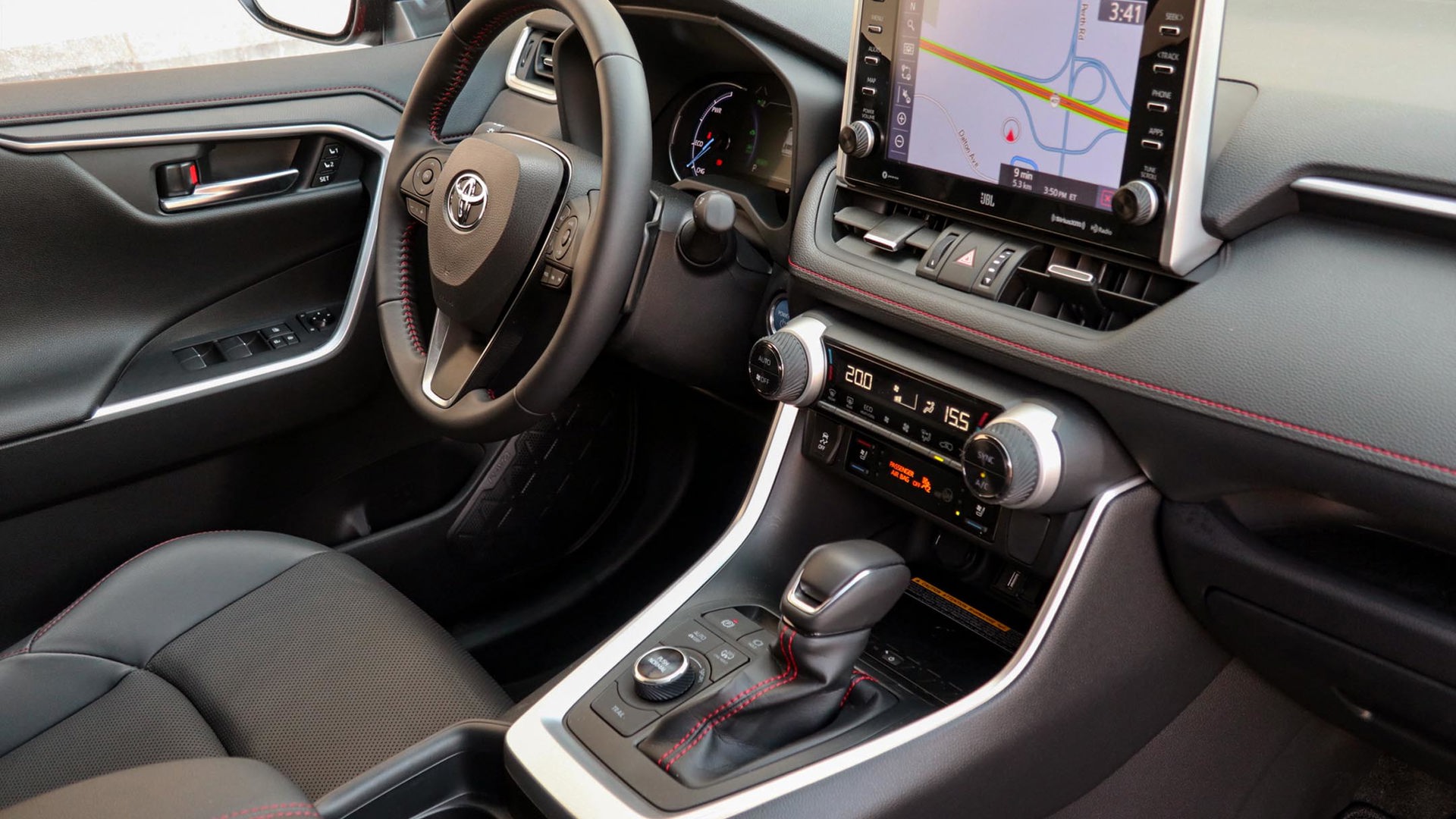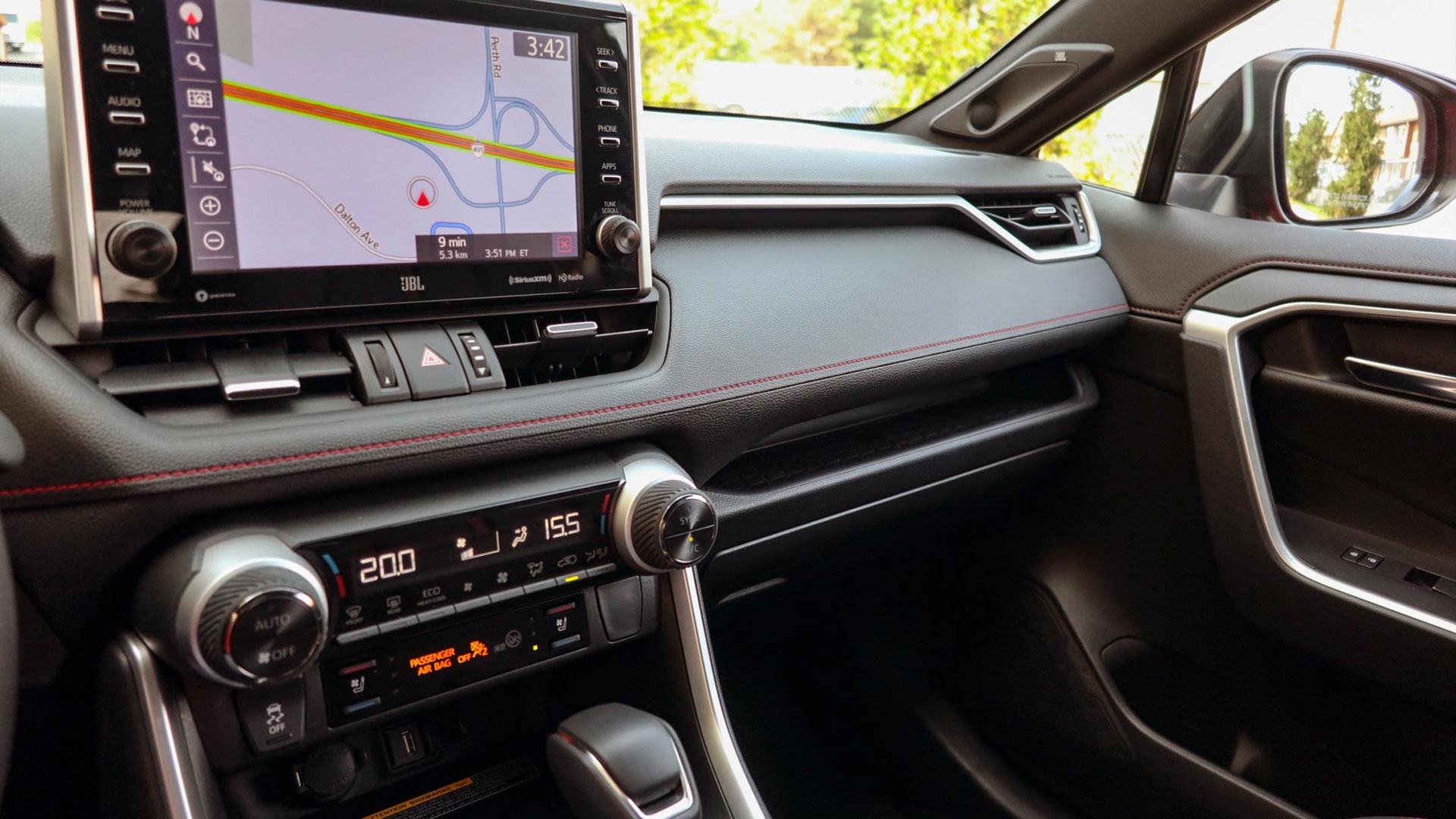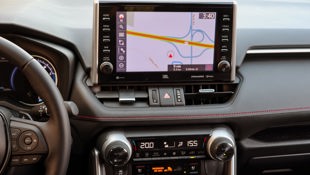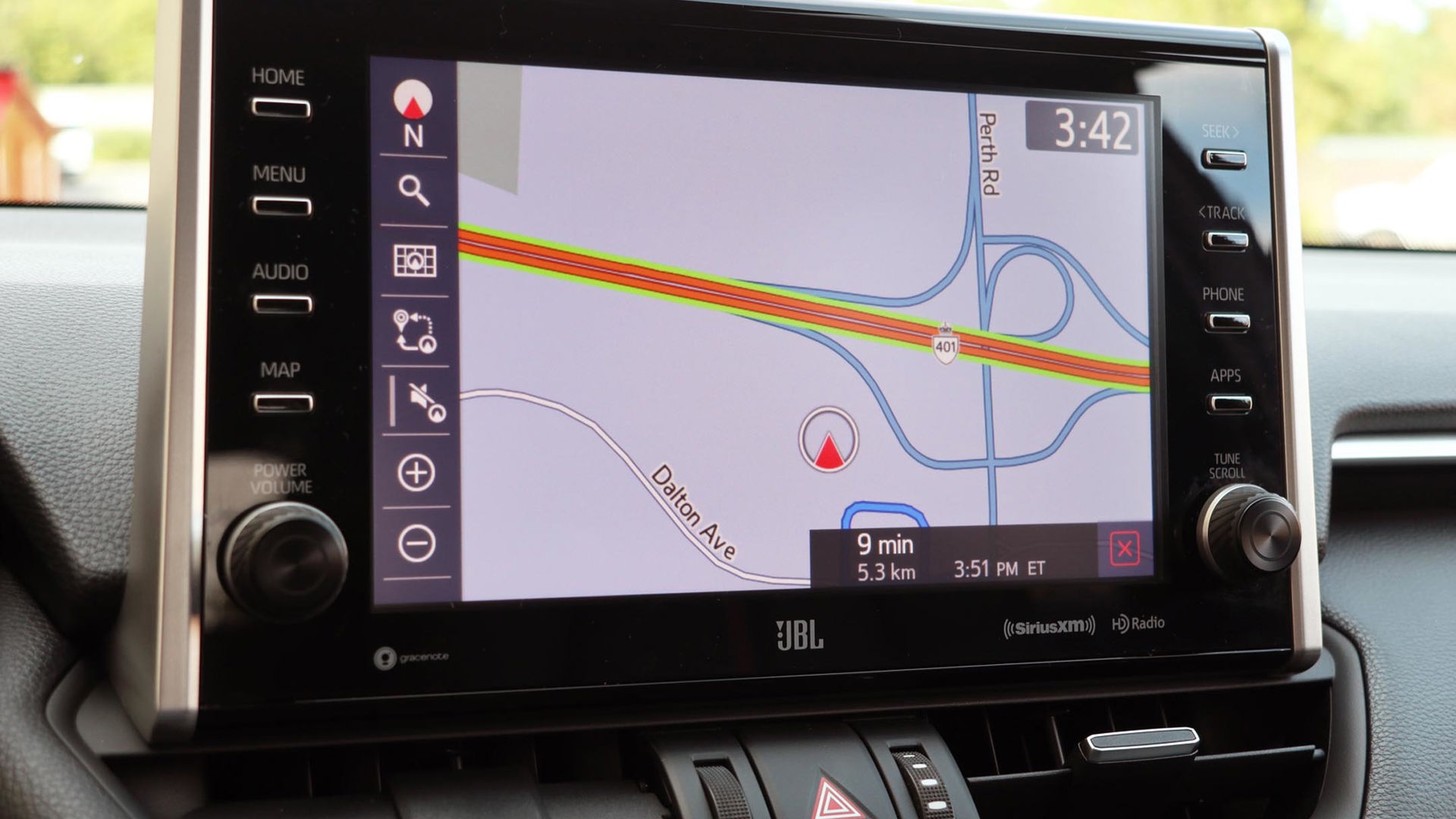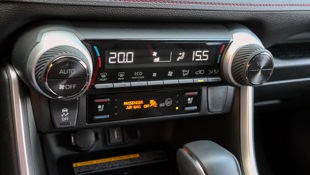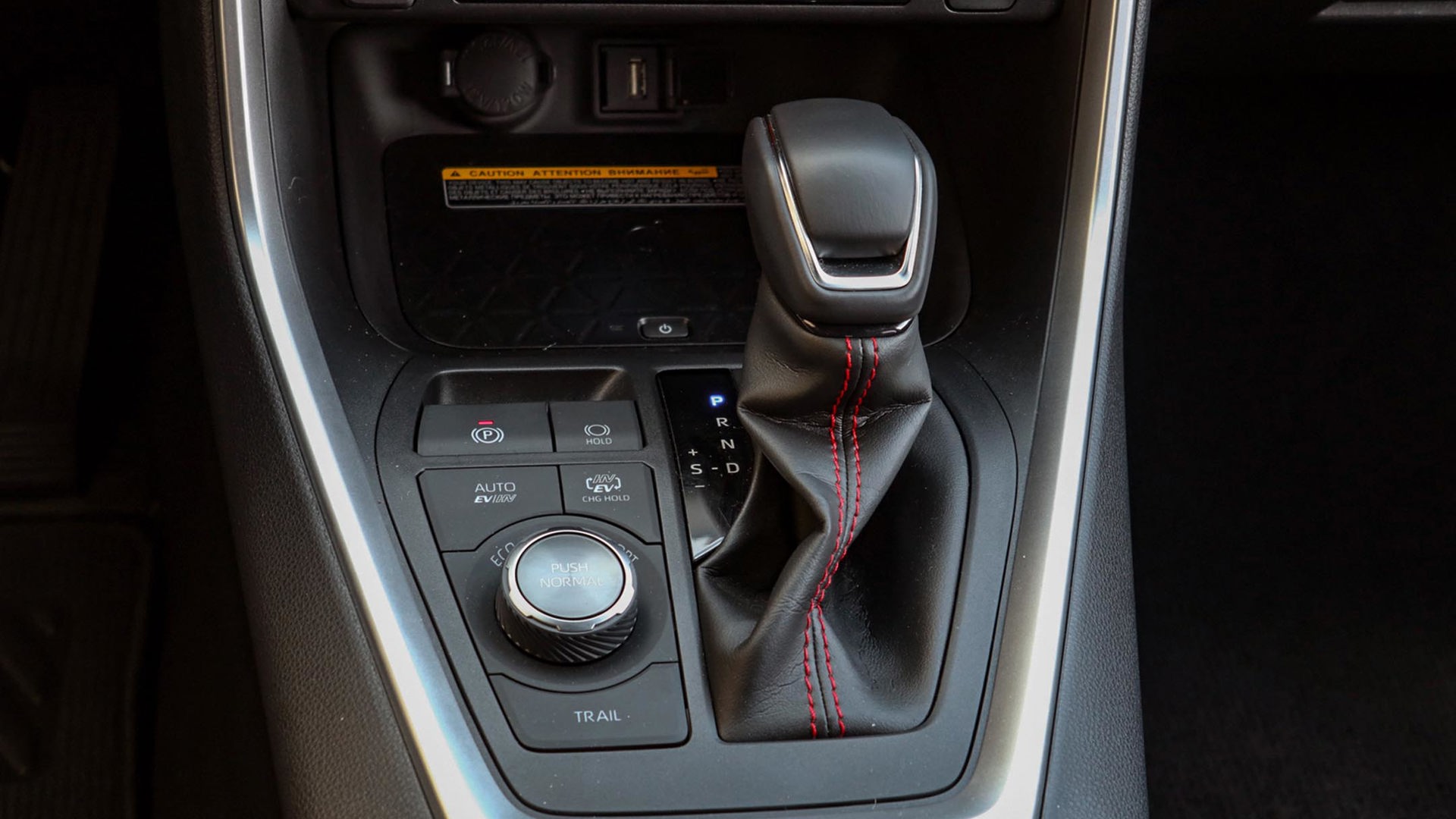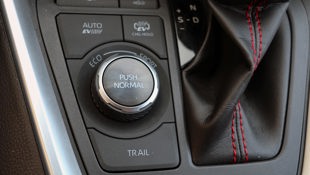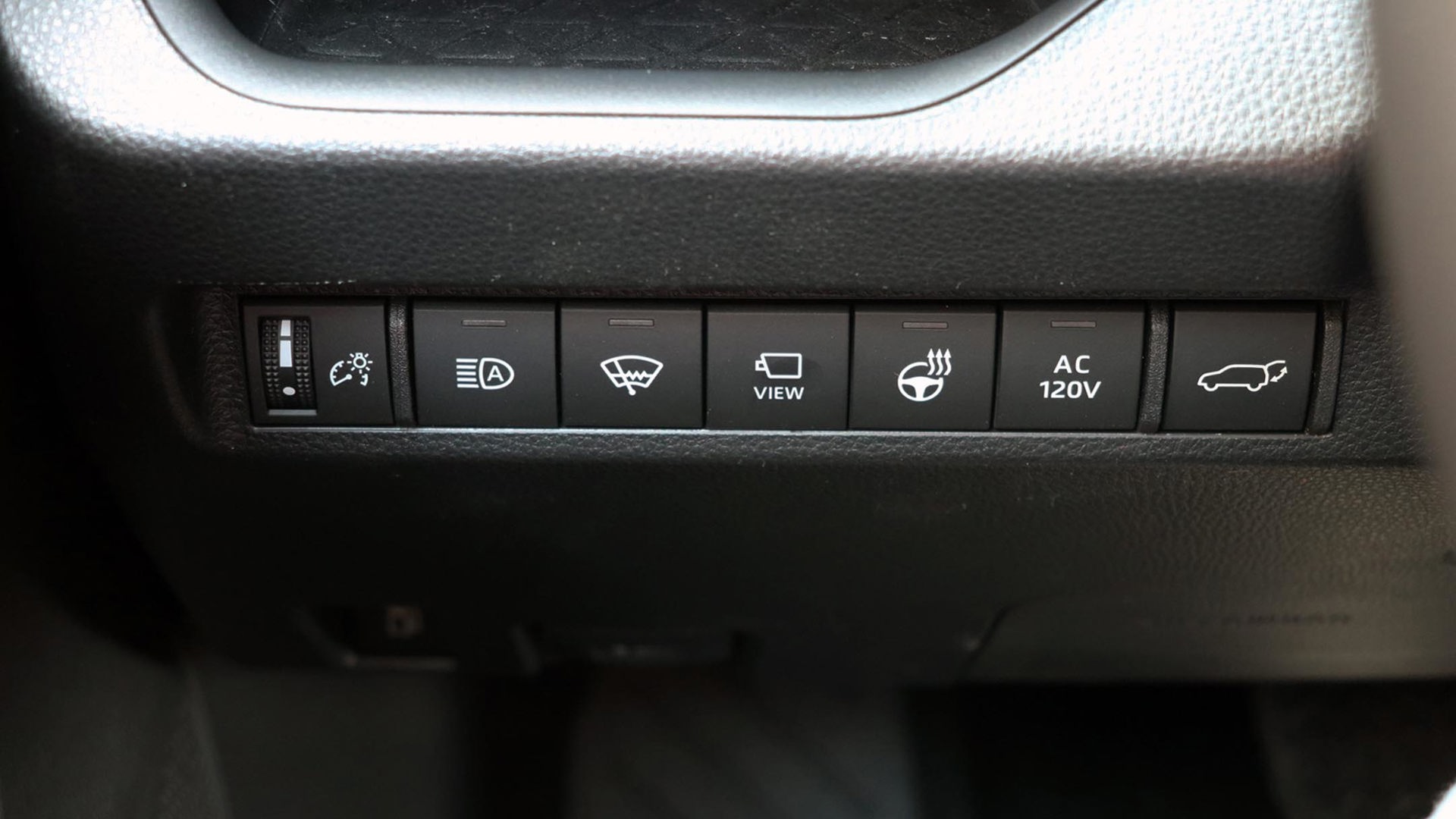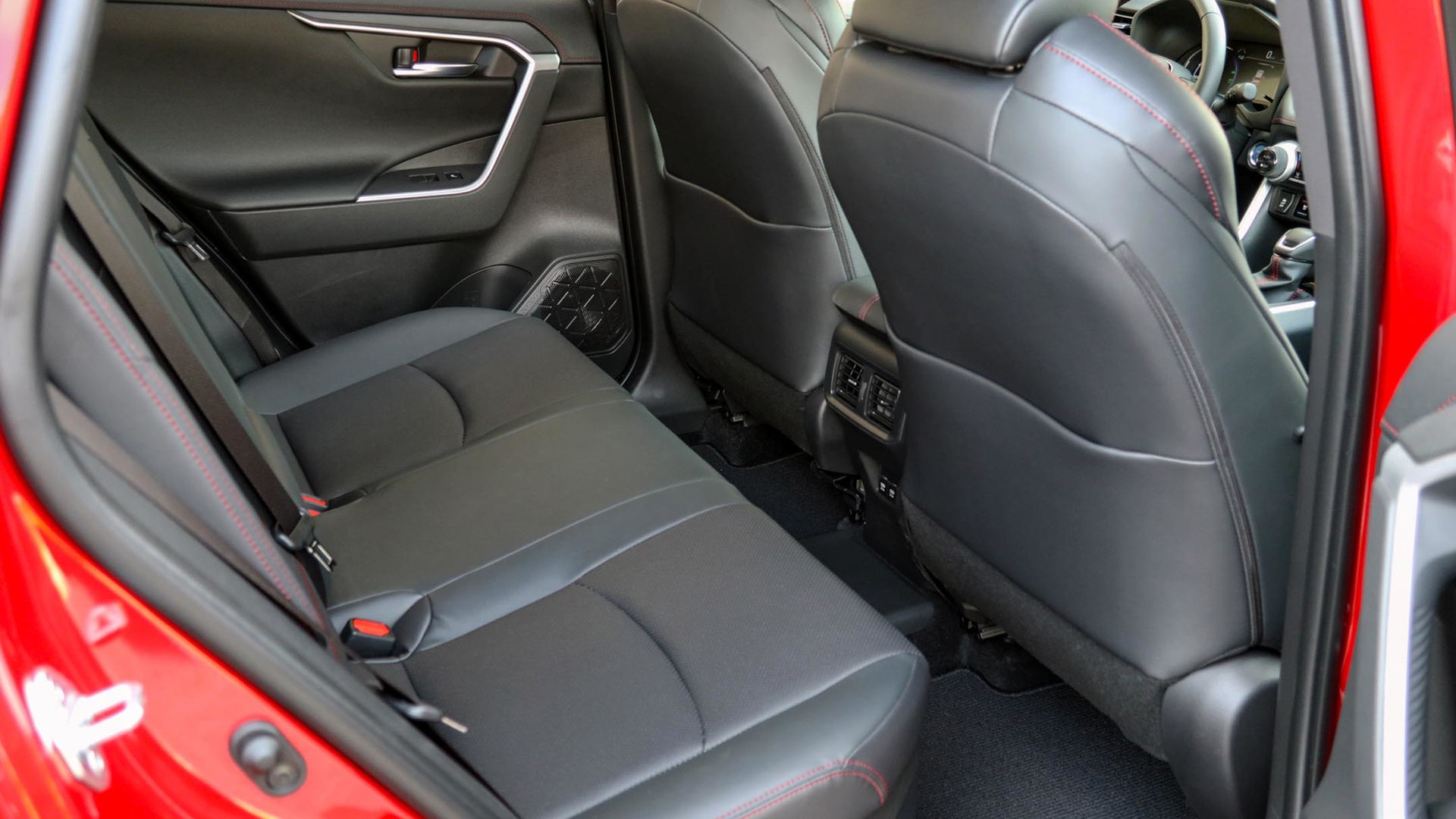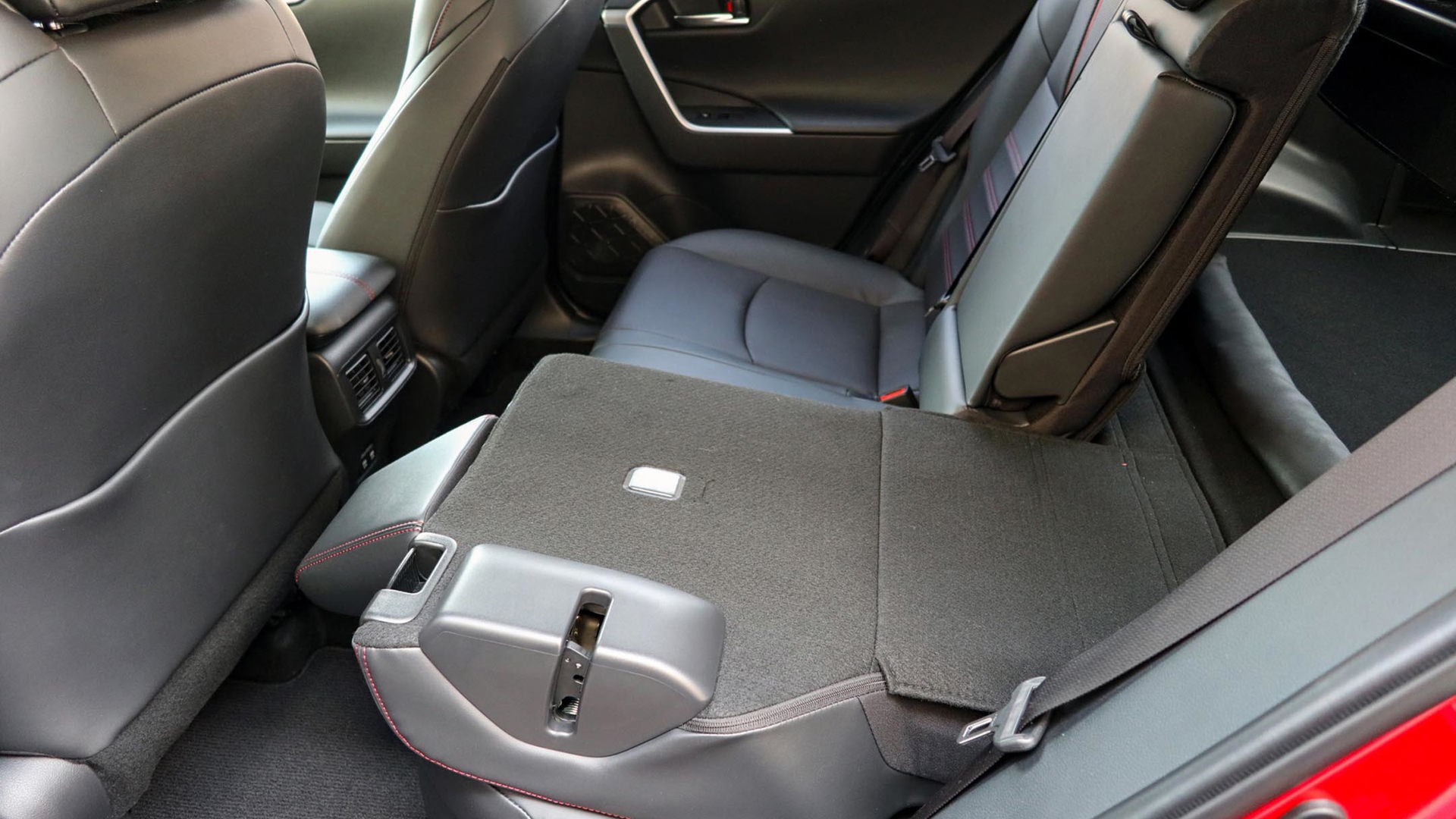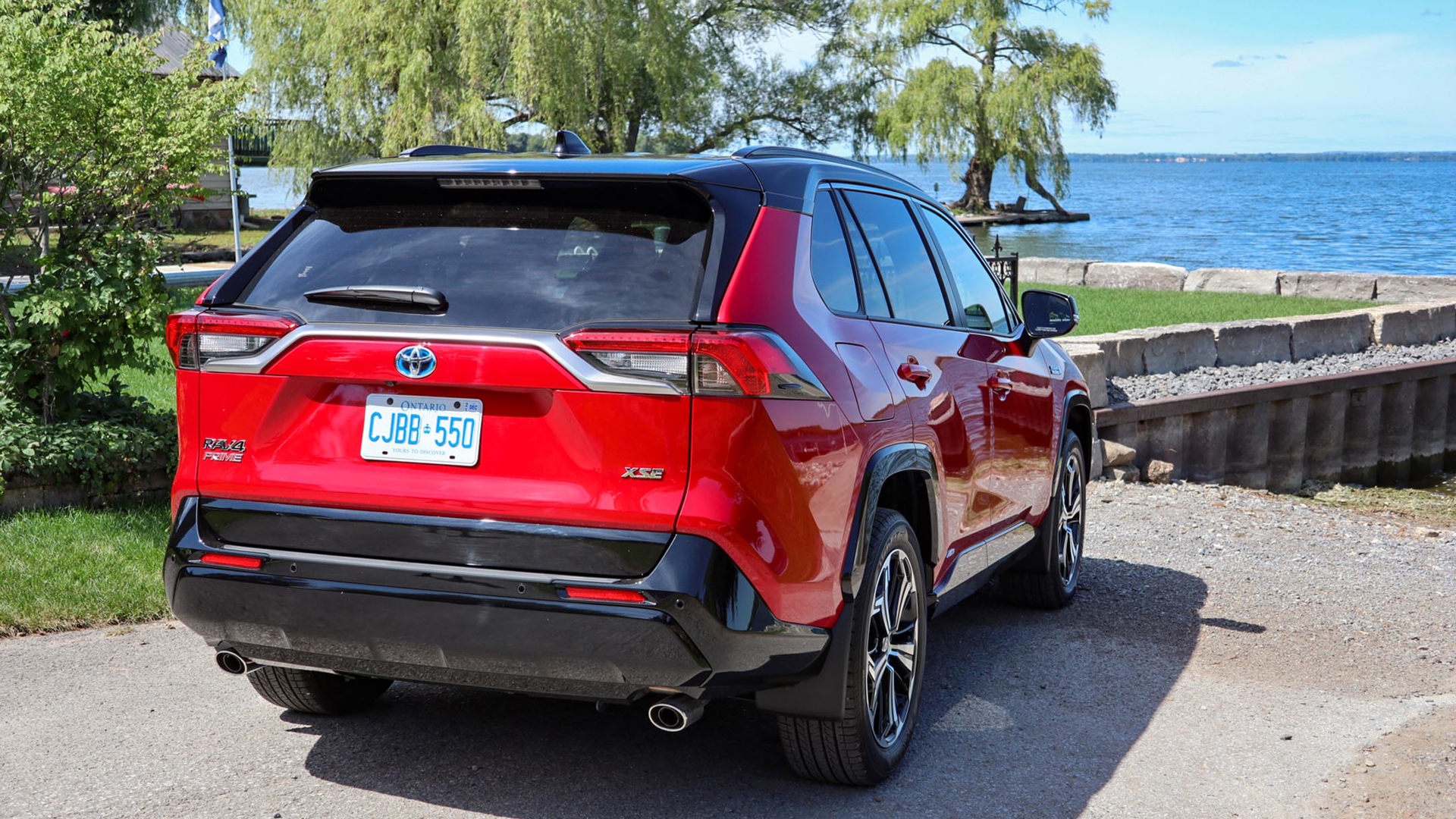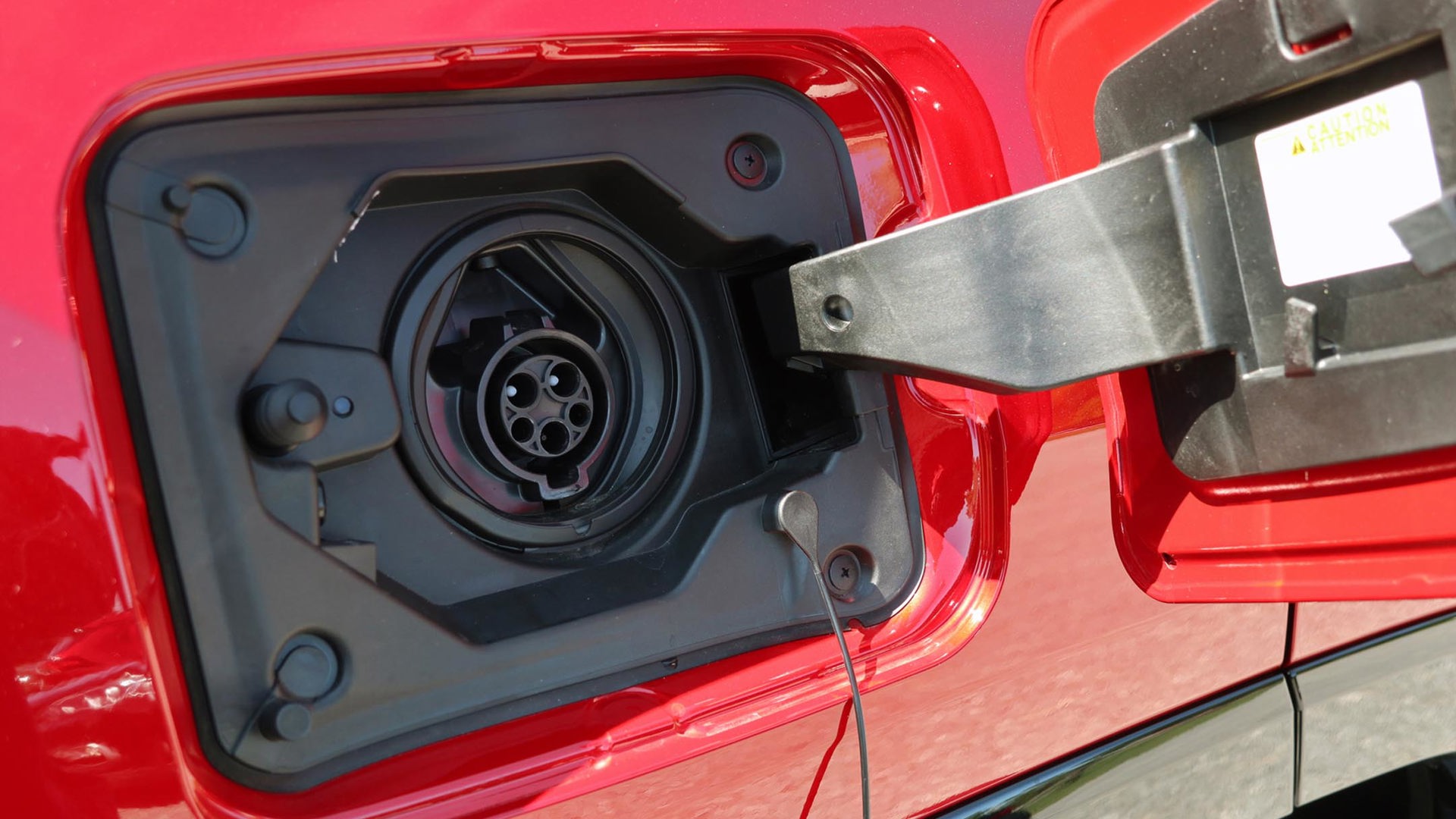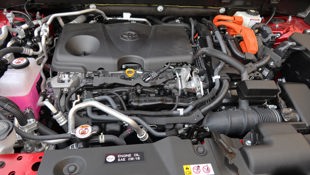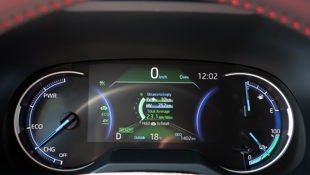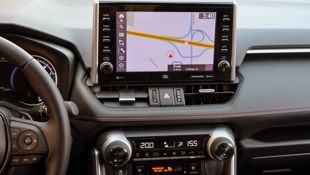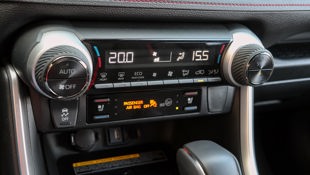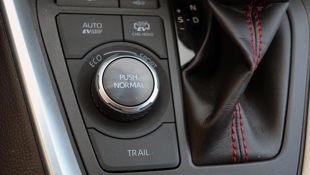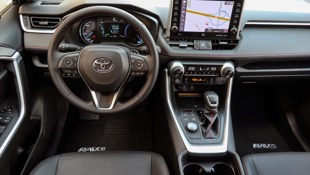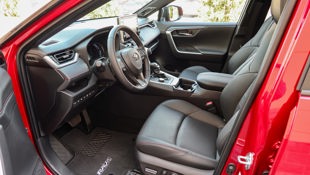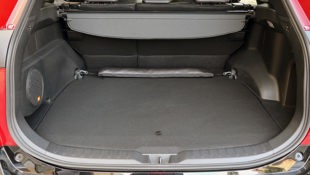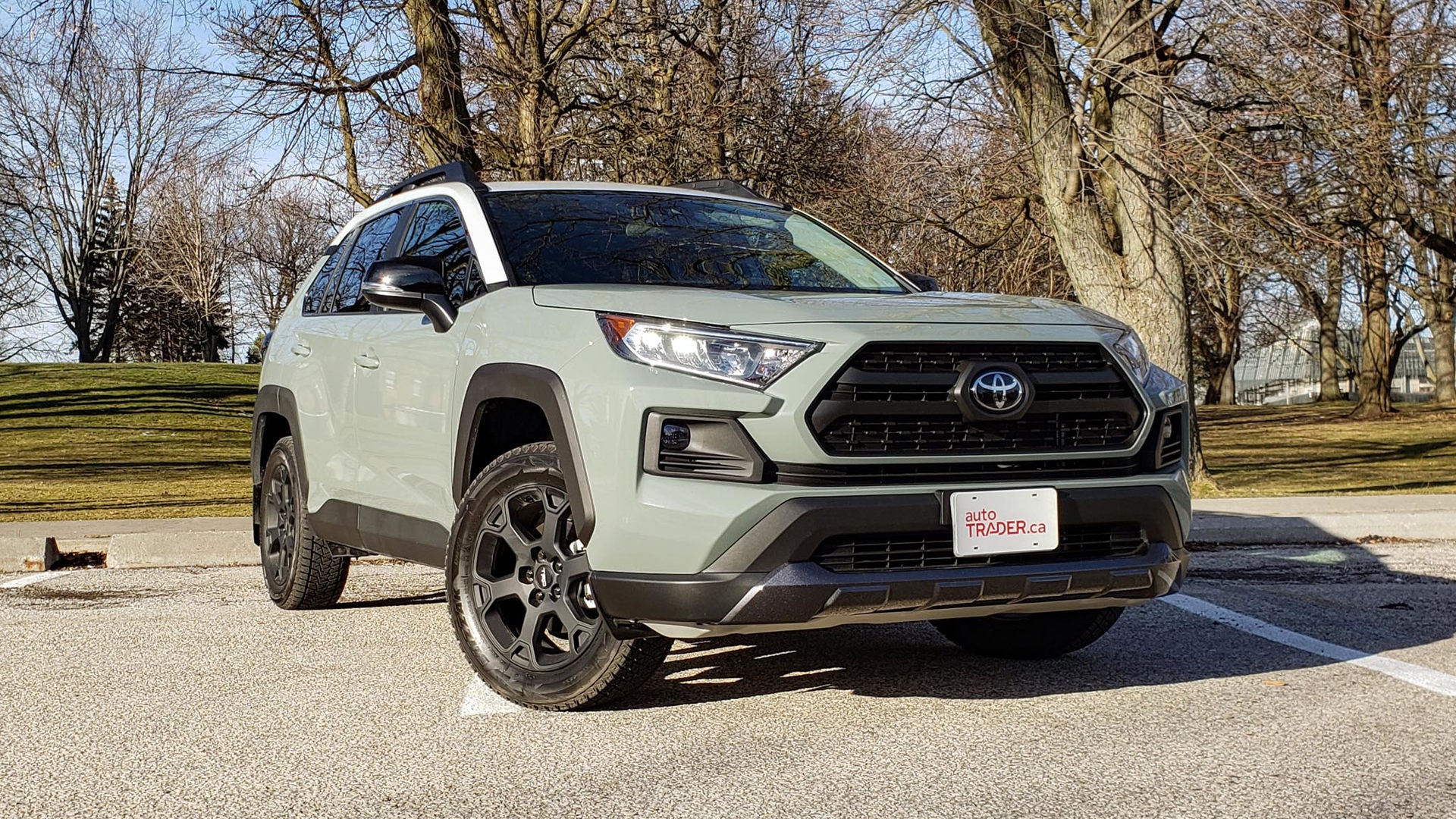KINGSTON, ONT. – An inescapable truth in the auto industry is that every environmentally friendly technology has its drawbacks and is not necessarily going to work for everyone, and especially so when it’s a vehicle that runs on batteries.
But if anything electric will eventually see widespread adoption, I think it’ll be the plug-in hybrid (PHEV). Toyota already has one in the Prius Prime, and has now added a second, the 2021 RAV4 Prime.
A More Sophisticated Hybrid
It builds on the RAV4 Hybrid, which switches between gasoline, electricity, or a combination of the two, depending on driving conditions; and recharges its battery using regenerative braking. The RAV4 Prime also does that, using the Hybrid’s 2.5L four-cylinder engine and hybrid drive.
But then the Prime further adds plug-in capability, with up to 68 km of electric-only range. I got about 57 km on electricity alone, including a highway trip and some hard acceleration, which chews up the battery faster. But unlike an all-electric vehicle – and this is the big deal with any PHEV – the RAV4 Prime reverts to regular hybrid operation when the stored charge runs out. As long as you have gas in the tank, then even if you can’t charge it for whatever reason, it will still get you where you need to go. With a full charge and full tank, the RAV4 Prime can go for about 979 km.
The battery can be charged on regular 120-volt household current with the included cord, and takes about 12 hours. On a 240-volt supply, which you’ll find on a standard public charger (or home charger, if you choose to install one), it’s about 2.5 hours.
Many people dismiss PHEVs because of that relatively short range, because they’re comparing them to full electrics – a Chevrolet Bolt, for example, offers about 417 km. Still, 68 km is far more than many daily drives. If a PHEV is plugged in each night, many owners can drive almost exclusively on the stored electricity, and still tackle a longer trip without searching for a charging station.
For competition, the RAV4 Prime has plug-in versions of the Ford Escape, Mitsubishi Outlander, and Subaru Crosstrek [The latter is currently sold in Quebec only. – Ed.]. The RAV4 Prime has a larger battery, more horsepower, and longer electric-only range than any of them, with the Escape coming closest at 61 km.
On top of that, the RAV4 Prime is a truly decent and comfortable driver, and with almost no passenger space concessions to the high-capacity battery (although compared to the RAV4 Hybrid, you lose 110 L of cargo space). The battery’s under the floor, where it lowers the centre of gravity for better handling. The vehicle’s main downsides are its price, and right now, its availability – it’s made in only one plant in Japan for worldwide distribution.
A Compelling Value, Depending on Where You Live
The Prime comes in two levels, both all-wheel-drive: the SE at $44,990, and the XSE at $51,590. The XSE can be further optioned with a Premium Technology Package ($5,400). By comparison, the gasoline-only RAV4 runs from $28,090 to $41,250, while the RAV4 Hybrid’s four trim levels are $32,350 to $42,750.
The car I drove, an XSE with Premium Technology Package and a $255 coat of Supersonic Red, rang in at $57,245. A similarly equipped 2020 RAV4 Hybrid is $41,570, and that $15,675 difference buys a lot of gas.
Starting at ten bucks under the $45,000 limit, the RAV4 Prime squeaks in for a $5,000 federal EV incentive in all provinces. Quebec throws in another $8,000, and right now, that’s the only place it’s on sale – the combined $13,000 in rebates makes it an easy “upgrade” for buyers. It’ll then roll out in British Columbia, which kicks in a $1,500 incentive, and then the rest of Canada. Fewer than 1,000 vehicles are expected to arrive from Japan this year, so the full roll-out will probably be in calendar-year 2021.
If you don’t live in a province with its own green vehicle incentive, that’s where your decision goes beyond financial to environmental, as well as whether you really like driving an electric car.
Impressive from Behind the Wheel
And it’s likely you will, because the RAV4 Prime is a very well-done example. The 2.5L engine and hybrid drive make a combined 302 hp, and giddy-up is impressive. For the front wheels, it uses a 134-kW motor, much larger than the RAV4 Hybrid’s 88-kW motor; Toyota says only the Supra has quicker acceleration. As with the RAV4 Hybrid, the all-wheel drive system is electric. Both use a 40-kW motor to power the rear wheels, with no mechanical connection to the front axle, and no differential. The rear wheels power up on acceleration and on curves, or whenever needed for extra traction on slippery surfaces.
When charged and first started up, it defaults to electric-only, and will stay on electricity at speeds of up to 135 km/h, but there are other selectable drive modes if you prefer. You can run in hybrid mode and save the electric-only charge for later in your trip; or in the Auto HEV setting, which prioritizes electric-only driving but adds the gasoline engine on hard acceleration to help extend the battery’s range. There’s also a charge mode that uses the engine to pump up the battery to a maximum 80 per cent of full charge, although you’ll use more fuel as a result.
The RAV4 Prime drives and handles well, with smooth steering and a comfortable ride on gas or battery. You don’t feel the battery’s extra weight, and the vehicle never seems sluggish, even when driven hard. Driving exclusively fuel-free on the highway, the performance was as I’d expect from a conventional car, with more than enough power for passing. On gas-electric operation, my readout showed 6.4 L/100 km.
User-Friendly Cabin with Lots of Available Features
All versions of the RAV4 are comfortable, with lots of legroom, and supportive seats that kept my spine in place over a four-hour drive. There’s decent small-item storage, including little shelves in the dash. I especially like the simplicity of the controls, including large, rubber-knurled knobs for adjusting the cabin temperature, and hard buttons to bring up menus on the infotainment screen, along with large, easy-to-use icons. An eight-way power driver’s seat, front and rear heated seats, and a heated steering wheel are standard. It may seem odd to have those power-hungry heated items on an electric vehicle, but if your hands and butt are warm, you tend to turn down the even-hungrier whole-cabin climate control.
Apple CarPlay and Android Auto are standard for the first time on the RAV4, along with a RAV4-first panoramic sunroof that’s part of the Premium Technology Package. Other standard or available items across the Prime trims include a head-up display, digital display rearview mirror, JBL audio system (which sounds really good), hands-free power tailgate, adaptive headlights, rain-sensing wipers, bird’s-eye monitor, 110-volt power outlet, and ventilated front seats.
Also new for the RAV4 Prime are available connected services, including a remote connection that lets you monitor the vehicle from your phone, including scheduling the charging process, and checking battery range. It comes with a free trial, and is $9.99 a month afterwards.
I always knew the RAV4 was popular, but just how much is surprising: If you take pickup trucks out of the mix, the RAV4 is the best-selling vehicle (car or sport-ute) in Canada and the United States. The RAV4 Prime is going to be a minor player, at least initially, due to its price and limited supply. But if you’re in the market for a PHEV, you’ll probably find it’s worth the wait.

